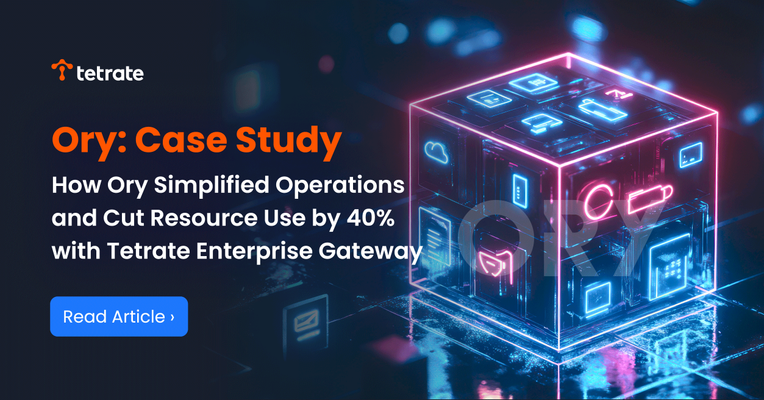
A Practical Path to Istio Ambient Adoption
Tetrate is proud to introduce the Istio Ambient Mode Assessment Advisor—a data-driven tool designed to guide platform teams in adopting Ambient Mode based on real-world needs.
Read moreExpert knowledge, news, deep-dives straight to your inbox





